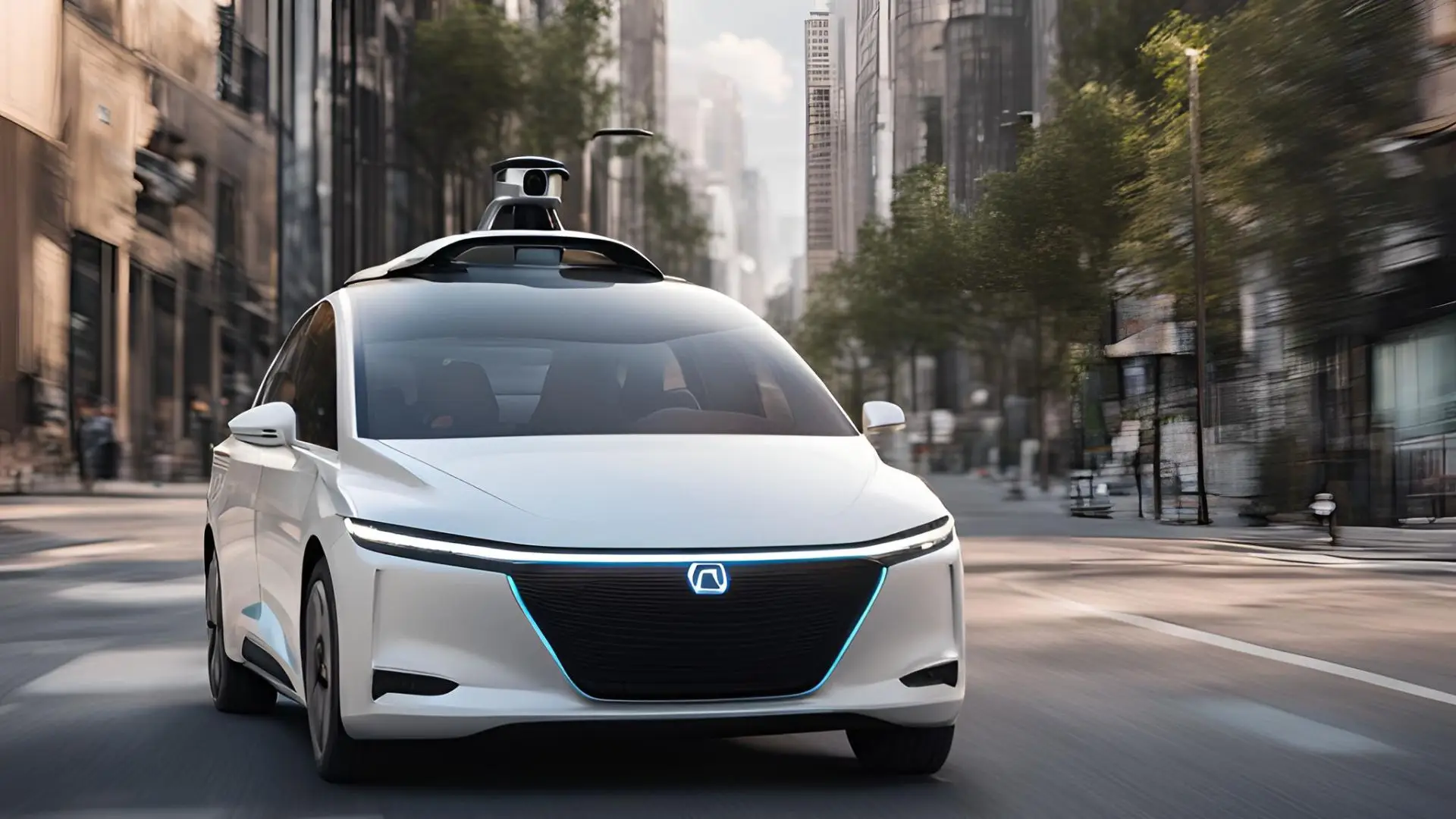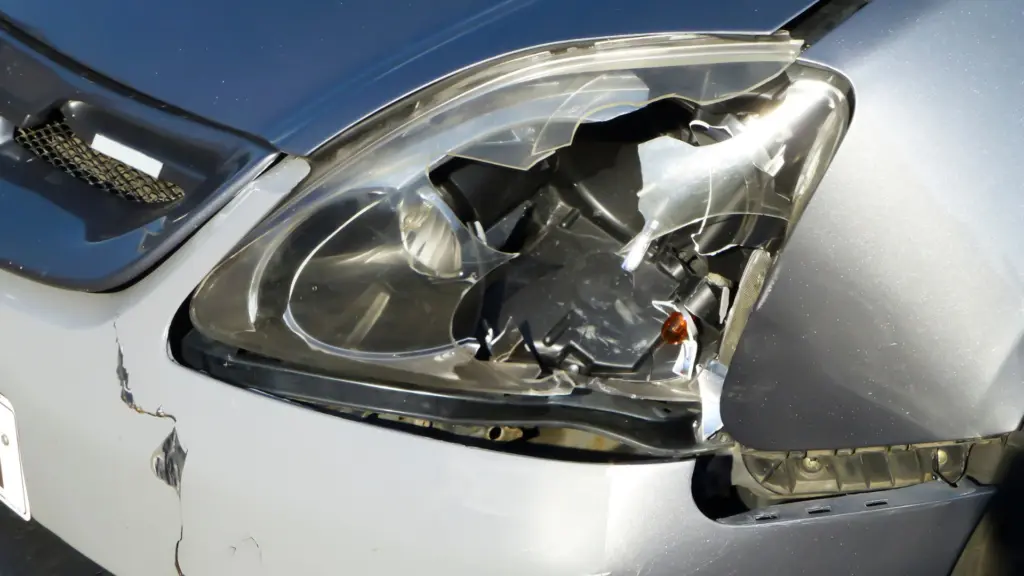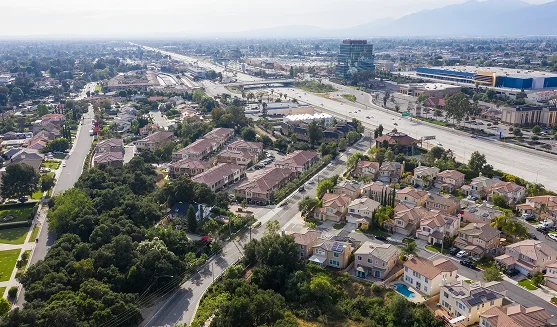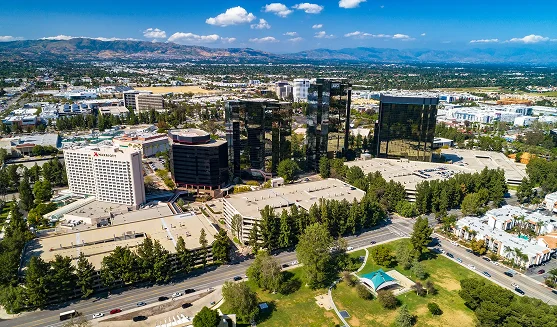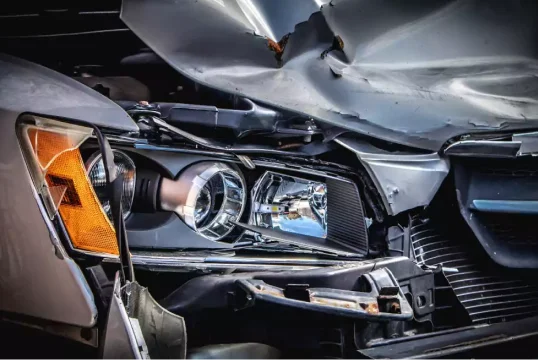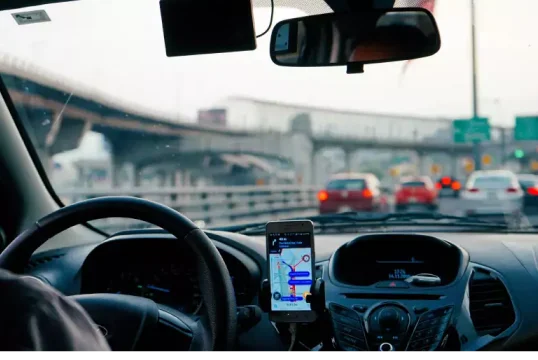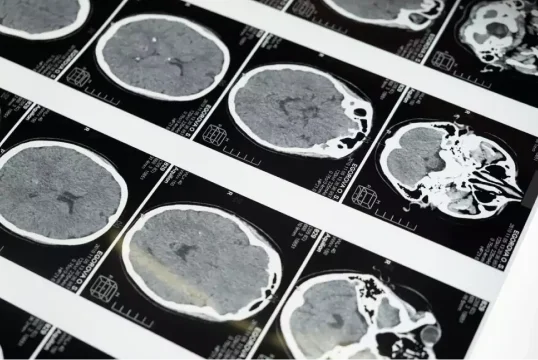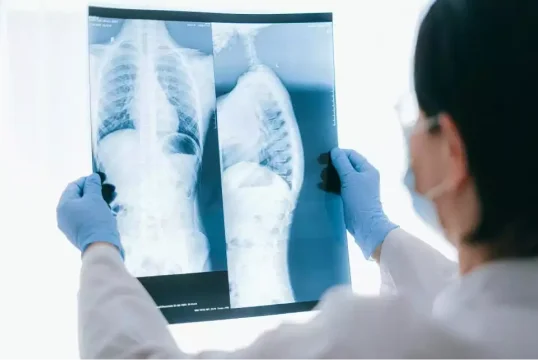Whether self-driving cars are bad for the environment will vary depending how they are powered and integrated into the broader transportation system. While traditional vehicles significantly contribute to pollution because of emissions from internal combustion engines, most autonomous vehicles are made with highly efficient electric engines, meaning that they can reduce emissions over their lifespan when compared to conventional vehicles. This is particularly because they do not develop tailpipe emissions as other fossil-fuel-powered cars do.
But, damage done to the environment will depend on where the vehicle gets its electricity source from while being charged. If they are powered by renewable energy sources, it will have minimal impact. Yet, in areas where electricity is being generated by coal or other fossil fuels, the environmental benefits of using autonomous vehicles will be weakened.
For instance, electric vehicles being produced in regions within the United States that heavily rely on coal-fired power plants will provide less positive results.
As renewable energy sources, like solar wind and biomass, expand, it can substantially reduce the environmental footprint of self-driving cars over time. In 2021, these particular elements contributed to 38 percent of the world’s electricity, pointing to a promising shift towards cleaner energy and eco-friendly transportation.
What Are the Pros of Self-Driving Cars?
Self-driving cars have the ability to revolutionize transportation in California. Let’s go over each benefit and learn how it can transform the way we travel.
Improved Safety
Driver error contributes to 94 percent of crashes. For instance, distracted driving and impaired driving can lead to several mistakes, potentially resulting in a motor vehicle accident. But, with driver-assist technologies incorporated into autonomous cars, it can help contribute to fewer accidents. This is possible with the help of safety features, like:
- Advanced sensors
- Cameras
- AI systems
These specific factors allow autonomous cars to monitor their surroundings, thus performing more accurately and consistently compared to human drivers. It will also have the ability to react faster to hazards and avoid possible collisions when met with negligent road users.
Reduce Traffic Congestion
Self-driving cars can help lessen traffic flow since they are programmed to create a safe distance from other vehicles, reducing stop-and-go road congestion that creates unnecessary delays. According to researchers at the University of Texas, closely spaced platoons of autonomous vehicles could result in fewer traffic jams, specifically by 60 percent on highways.
Increased Accessibility
Self-driving vehicles can provide accessibility to individuals who are unable to drive due to age or disability, particularly those who have mobility, sensory, or cognitive issues. Since autonomous vehicles do not necessarily need steering wheels or a dashboard, it could be possible to build wide doors and flat floors for people who use assistive devices. This form of transportation could also be used as an option for individuals with vision problems.
Better Fuel Efficiency
Fewer traffic jams can help conserve fuel and reduce greenhouse gas emissions by lessening unnecessary idling. Automated driving systems can further improve efficiency by reducing sudden brakes and acceleration, which both waste fuel. These vehicles can also travel in close formation, thus lowering air resistance and enhancing fuel economy.
One particular study suggests that highway platoons of automated vehicles could lessen consumption by 10 percent. Furthermore, automation and car-sharing could increase the demand for electric vehicles as additional usage could make them more cost-effective, encouraging people or businesses to invest in them.
Higher Productivity
With autonomous cars contributing to the possibility of less traffic congestion, there will be a longer duration available for vehicle occupants to fulfill tasks. For instance, it could drop people off at certain destinations, like airports or malls, while it searches for parking spaces to use. Or, it may allow vehicle occupants to enjoy leisure activities, such as reading or playing with children, while traveling on the road. It can also be used for business purposes, specifically to optimize supply chains and transportation routes for timely deliveries at lower costs.
What Are the Cons About Self-Driving Cars?
Although self-driving cars provide a lot of benefits to make traveling more easier and convenient, there are some downsides that should be acknowledged. Let’s explore each one in the sections below.
Safety Concerns
Although autonomous vehicles are designed to be safer than human drivers, they heavily rely on sensors and algorithms, which are not guaranteed to be perfect, and may consist of malfunctions or poor recognition of traffic obstacles. Responding to emergencies or developing ethical decisions in complicated situations is still an ongoing debate, as well. Additionally, there is still worry over how it will interact with human-driven vehicles and pedestrians, whether it is in a calm or chaotic environment.
Job Loss
It is predicted that over four million jobs will likely be lost due to the rapid transition in the development of autonomous vehicles. Driving occupations, like truck drivers, bus drivers, and taxi drivers, would endure the heaviest impact. These particular positions typically represent a major source of work for individuals who attained lower levels of education, with most (93.2 percent) workers only acquiring less than a bachelor’s degree.
People working in driving-related jobs have a lower poverty rate (7.32 percent) in comparison to the overall workforce (8.06 percent) and workers in non-driving jobs (8.08 percent). These types of positions usually provide stable income to prevent workers from falling below the poverty line. In other words, these are seen as “good jobs” in a sense that they are more effective to keep you afloat compared to other occupations.
Cybersecurity Risks
Cybersecurity has been a notable concern for self-driving car owners since it could potentially allow hackers to have easy access to controls and data privacy, ultimately impacting reliability and safety.
A hacker may have the ability to get into the system and control certain parts or features of automated vehicles. This includes, but is not limited to, the following:
- Using ransomware to disable your car
- Collecting data on your whereabouts and personal interactions
- Disabling the use of range sensors and cameras
With an estimate of 4.5 million self-driving cars predicted to be on the road by 2035, it is crucial for a solution to be established that will prevent hackers from gaining access to these functions.
High Costs
Based on the information available, it is expected for autonomous vehicles to have a high initial cost. Depending on how it is deployed, it can be:
- Pricey to use
- Provide little service to individuals residing in high-poverty areas
- Affect disabled groups
Insurance costs are predicted to be unaffordable to some drivers, too. But, pricing may fall as technology matures and such vehicles are mass produced, meaning that you will need to remain patient until they become cheaper and more budget-friendly over time.
Liability Issues
Liability issues may arise in the aftermath of a self-driving car accident as multiple parties can be involved, including:
- Vehicle manufacturers
- Software developers
- Vehicle owner
- Other drivers
Determining fault will be challenging and may require assistance from a skilled personal injury lawyer.
Who’s Liable in a Self-Driving Car Accident?
Despite advancements made with autonomous vehicle systems, drivers will still need to remain focused and alert while behind the wheel at all times. Fully self-driving cars are not yet mature, meaning that human drivers will continue to share responsibilities for the foreseeable future.
In addition, there are unresolved issues, like liability and insurance, that policymakers should address before allowing it to be widely available to the public.
For now, manufacturers will need to certify that such vehicles comply with safety standards and store sensor data prior to crashes (CVC 38750). In addition, if the system detects a failure, it will either have to stop the vehicle safely or prompt the operator to take control.
If traffic accidents happen due to system failure, liability could be directed to the manufacturer for failing to have the vehicle alert the driver or not stop as required.
Now, if the driver was properly notified about the problem, but they failed to take over, they could be held accountable for damages. Shared liability is also possible if a mix of issues were presented moments before a crash, like system failure and driver negligence.
Injured in a Driverless Car Accident? Schedule a FREE Consultation West Coast Trial Lawyers Today
As the transportation sector continues to progressively develop with the introduction of autonomous vehicles, accidents involving driverless cars raise complex legal questions. Who is responsible? How do I move forward in the aftermath of such a collision? If you have been in a similar situation, you can reach out to West Coast Trial Lawyers to protect your rights.
We specialize in personal injury cases, whether you are a pedestrian or vehicle occupant involved in car accidents caused by driverless vehicles. Our team will assess the information provided and determine what individual or entity is at fault for the damages you incurred as a result of their negligence. We will fight tirelessly on your behalf to ensure you are given the justice and compensation you deserve.
To get an estimate of what you could be entitled to, you can use our personal injury settlement calculator by inputting the losses you incurred as a result of the collision.
Our law firm runs under a contingency-fee basis, meaning that you owe us nothing unless we successfully settle your lawsuit. We provide legal services in several locations, including
To schedule a FREE consultation with one of our top-rated legal experts, you can reach out to us by calling (213) 927-3700 or completing our quick online contact form.
